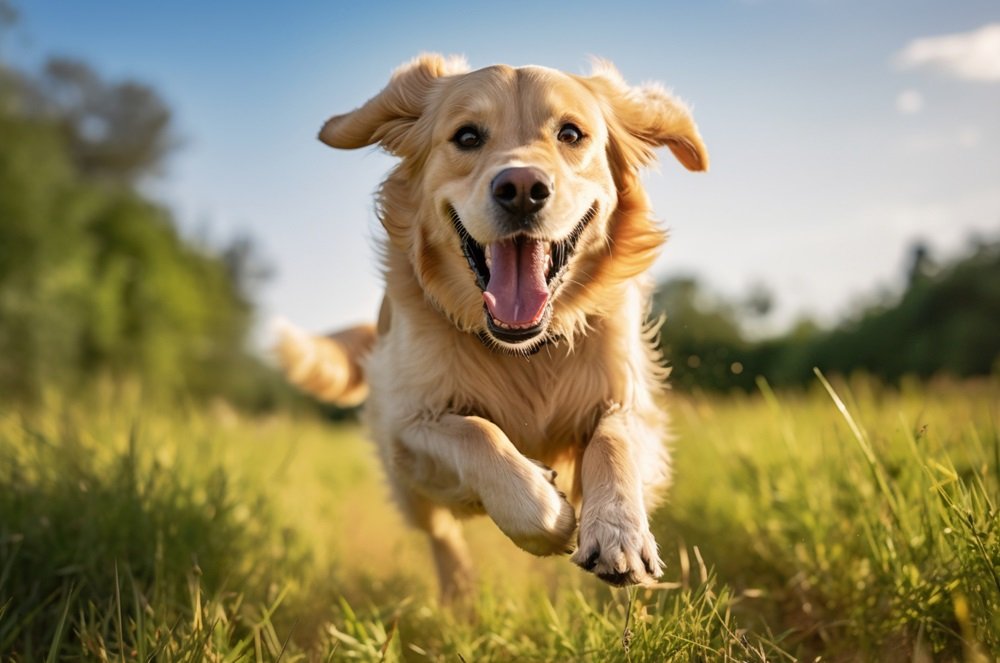As dog owners, we’ve all been there – watching in awe as our furry friends give birth to a litter of adorable puppies. But what happens next can be quite perplexing. Many of us have witnessed our dogs eating the afterbirth, a phenomenon that can be both fascinating and unsettling. While it may seem strange to us, eating the afterbirth is a natural behavior for dogs, and understanding why they do it can provide valuable insights into their instincts and behavior.
Understanding the Importance of This Behavior
The practice of eating the afterbirth, also known as placentophagy, is not unique to dogs. Many mammals, including humans, have been known to engage in this behavior. However, it’s particularly prevalent in canines, and understanding why they do it can help us better care for our pets and appreciate their natural instincts.
A Window into Canine Instincts
By exploring the reasons behind this behavior, we can gain a deeper understanding of our dogs’ natural instincts and how they interact with their environment. This knowledge can help us provide better care and nutrition for our pets, as well as appreciate their unique place in the animal kingdom.
In this article, we’ll delve into the reasons why dogs eat the afterbirth, exploring the possible benefits and drawbacks of this behavior. We’ll also examine the implications of this practice for dog owners and breeders, and provide guidance on how to handle this natural phenomenon in a safe and healthy way.
Why Do Dogs Eat Afterbirth?
Dogs eating afterbirth, also known as placentophagy, is a common phenomenon observed in many canine species. While it may seem unusual or even unappetizing to humans, it’s a natural behavior for dogs. In this article, we’ll delve into the reasons behind this behavior and explore its possible benefits and drawbacks.
Theories Behind Placentophagy
Several theories attempt to explain why dogs engage in placentophagy. Some of the most popular theories include: (See Also: How Much Is A Csection For A Dog)
- Hormonal Regulation: The placenta contains high levels of hormones, such as oxytocin and prolactin, which can help regulate the mother’s hormonal balance after giving birth. By consuming the placenta, the mother dog may be able to replenish these hormones and facilitate a smoother transition to motherhood.
- Nutrient-Rich Food Source: The placenta is rich in nutrients, including protein, iron, and other essential vitamins and minerals. In the wild, consuming the placenta may provide a valuable source of nutrition for the mother dog, especially during a time when she may be exhausted and depleted from giving birth.
- Instinctual Behavior: In the wild, dogs may eat the placenta to remove any traces of the birth and reduce the risk of attracting predators. This behavior is thought to be an inherited trait from their wild ancestors.
Possible Benefits of Placentophagy
While there is limited scientific research on the benefits of placentophagy in dogs, some potential advantages include:
- Reduced Postpartum Hemorrhage: Consuming the placenta may help reduce the risk of postpartum hemorrhage by promoting uterine contractions and reducing bleeding.
- Improved Lactation: The hormones present in the placenta may help stimulate milk production and improve lactation in the mother dog.
- Enhanced Bonding: Eating the placenta may help the mother dog bond with her puppies, as it allows her to engage in a natural behavior and feel more connected to her offspring.
Possible Drawbacks of Placentophagy
While placentophagy may have some benefits, it’s essential to consider the potential drawbacks, including:
- Infection Risk: Consuming the placenta can increase the risk of infection, as it may contain bacteria or other pathogens.
- Nutrient Imbalance: Eating the placenta may lead to an imbalance of essential nutrients, potentially causing harm to the mother dog or her puppies.
- Unhygienic Practice: Allowing dogs to eat the placenta can create an unhygienic environment, especially in breeding or kennel settings.
What Should Breeders and Pet Owners Do?
While placentophagy is a natural behavior, breeders and pet owners should consider the potential risks and take steps to ensure a safe and healthy environment for their dogs. This may include:
- Providing a Clean Environment: Ensure the birthing area is clean and free from bacteria or other pathogens.
- Monitoring the Mother’s Health: Keep a close eye on the mother dog’s health and watch for any signs of infection or nutrient imbalance.
- Offering a Balanced Diet: Provide a well-balanced diet that meets the mother dog’s nutritional needs, reducing the need for her to consume the placenta.
Recap and Key Points
In conclusion, dogs eating afterbirth is a natural behavior that may have some benefits, but it’s essential to consider the potential drawbacks and take steps to ensure a safe and healthy environment. Key points to remember include: (See Also: Can You Feed Beef Jerky To Dogs)
- Dogs eat the placenta due to hormonal regulation, nutrient-rich food source, and instinctual behavior.
- Placentophagy may have benefits, such as reduced postpartum hemorrhage, improved lactation, and enhanced bonding.
- However, it also carries risks, including infection, nutrient imbalance, and unhygienic practices.
- Breeders and pet owners should provide a clean environment, monitor the mother’s health, and offer a balanced diet to reduce the need for placentophagy.
By understanding the reasons behind placentophagy and taking steps to ensure a safe and healthy environment, breeders and pet owners can promote the well-being of their dogs and puppies.
Frequently Asked Questions about Dogs Eating Afterbirth
Is it normal for dogs to eat afterbirth?
Yes, it is a common behavior for dogs to eat the placenta and other birth materials after giving birth. This behavior is often seen in the wild, where it serves as a way for the mother to clean up the birthing area and remove any attractants that might draw predators to her newborn puppies.
Why do dogs eat afterbirth?
Dogs eat afterbirth for a variety of reasons, including instinct, nutrition, and maternal instincts. In the wild, eating the placenta helps to remove any scent that might attract predators, and it also provides the mother with a nutrient-rich snack to help her recover from the birthing process. Additionally, some researchers believe that eating the placenta may help to stimulate the mother’s maternal instincts and encourage her to care for her puppies.
Is it safe for dogs to eat afterbirth?
In most cases, it is safe for dogs to eat afterbirth. However, there are some potential risks to consider. Eating the placenta can expose the mother to bacteria and other pathogens that may be present in the birth materials. Additionally, if the mother eats the entire placenta, she may ingest the umbilical cord, which can cause an intestinal blockage. It’s generally recommended to supervise your dog during the birthing process and remove any birth materials that she doesn’t eat within a few hours.
Can I prevent my dog from eating afterbirth?
While it’s not possible to completely prevent your dog from eating afterbirth, there are some steps you can take to discourage the behavior. One approach is to supervise your dog during the birthing process and remove any birth materials as soon as possible. You can also try to distract your dog with treats or toys to redirect her attention away from the afterbirth. However, it’s generally not recommended to try to forcibly prevent your dog from eating afterbirth, as this can cause stress and anxiety. (See Also: Does Dewormer Make Dogs Pee More)
Should I be concerned if my dog doesn’t eat afterbirth?
If your dog doesn’t eat afterbirth, it’s not necessarily a cause for concern. Some dogs may not be interested in eating the placenta, or they may be too distracted by their new puppies to pay attention to the birth materials. However, if your dog is showing signs of illness or neglecting her puppies, it’s a good idea to consult with a veterinarian to rule out any underlying health issues.


